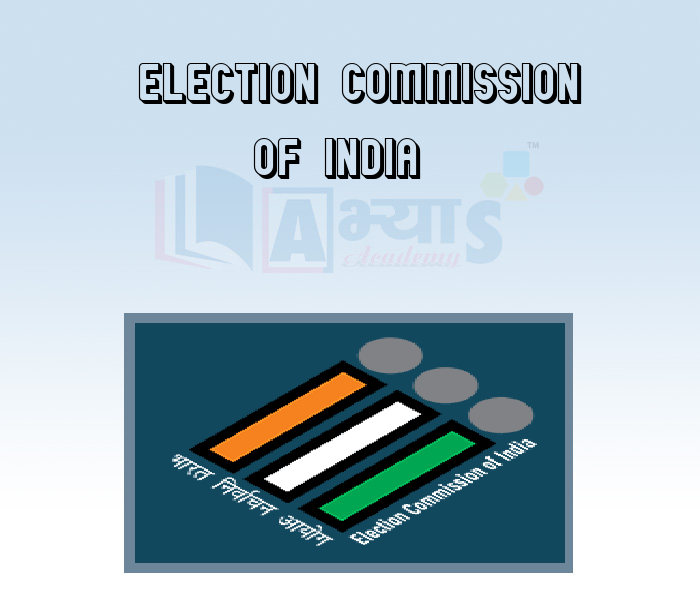Election Commission of India

Election Commission of India
Election And Election Commission Of India:
The Election Commission of India is an autonomous, quasi-judiciary Constitutional body of India Its mission is to conduct free and fair elections in India. It was established on 25th January 1950 under Article 324 of the Constitution of India.
The superintendence, direction and control of preparation of electoral rolls for, and the conduct of, elections to Parliament and State Legislatures, and elections to the offices of the President and the Vice President of India are vested in the Election Commission of India. It is an independent Constitutional authority. Since its inception in 1950 and until October 1989, the Commission functioned as a single member body consisting of the Chief Election Commissioner. On 16 October 1989, the President appointed two more Election Commissioners on the eve of the General Election to the House of the People held in November-December 1989. However, the said two Commissioners ceased to hold office on 1 January 1990 when those two posts of Election Commissioners were abolished. Again, on 1 October 1993. the President appointed two more Election Commissioners. Simultaneously, the Chief Election Commissioner and other Election Commissioners (Conditions of Service) Act, 1991 was amended to provide that the Chief
In which of the following article of Indian constitution says that 'Superintendence, direction and control of elections vested in the Election Commission' ? | |||
| Right Option : C | |||
| View Explanation | |||
How many members are there in the Election Commission of India ? | |||
| Right Option : C | |||
| View Explanation | |||
Which of the following pairs (Articles of Constitution and Institutions) are correctly matched ? | |||
| Right Option : B | |||
| View Explanation | |||
Students / Parents Reviews [10]
It was good as the experience because as we had come here we had been improved in a such envirnment created here.Extra is taught which is beneficial for future.

Eshan Arora
8thMy experience was very good with Abhyas academy. I am studying here from 6th class and I am satisfied by its results in my life. I improved a lot here ahead of school syllabus.

Ayan Ghosh
8thIt has a great methodology. Students here can get analysis to their test quickly.We can learn easily through PPTs and the testing methods are good. We know that where we have to practice

Barkha Arora
10thMy experience with Abhyas is very good. I have learnt many things here like vedic maths and reasoning also. Teachers here first take our doubts and then there are assignments to verify our weak points.

Shivam Rana
7thAbout Abhyas metholodology the teachers are very nice and hardworking toward students.The Centre Head Mrs Anu Sethi is also a brilliant teacher.Abhyas has taught me how to overcome problems and has always taken my doubts and suppoeted me.

Shreya Shrivastava
8thOne of the best institutes to develope a child interest in studies.Provides SST and English knowledge also unlike other institutes. Teachers are co operative and friendly online tests andPPT develope practical knowledge also.

Aman Kumar Shrivastava
10thAbhyas Methodology is very good. It is based on according to student and each child manages accordingly to its properly. Methodology has improved the abilities of students to shine them in future.

Manish Kumar
10thIt was a good experience with Abhyas Academy. I even faced problems in starting but slowly and steadily overcomed. Especially reasoning classes helped me a lot.

Cheshta
10thBeing a parent, I saw my daughter improvement in her studies by seeing a good result in all day to day compititive exam TMO, NSO, IEO etc and as well as studies. I have got a fruitful result from my daughter.

Prisha Gupta
8thI have spent a wonderful time in Abhyas academy. It has made my reasoning more apt, English more stronger and Maths an interesting subject for me. It has given me a habbit of self studying










